The Best Non Toxic Baby Bottles
Written by:
Maia James
04/02/2024
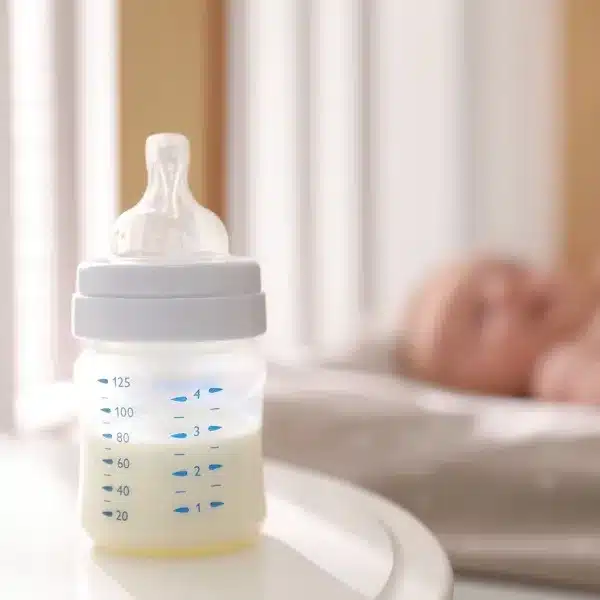
Updated: 04/03/2024
Looking for a different guide? Browse them all HERE.
Even as a breastfeeding mom, I wanted to find the best non toxic baby bottles to have on hand. (The hope was that my babies would accept nighttime bottles of pumped milk from my husband, although this didn’t exaaaactly turn out to be the case.)

1. Pura Stainless / 2. Como Tomo / 3. Natursutten / 4. Evenflo / 5. Klean Kanteen / 6. haakaa / 7. Life Factory
If you’re pregnant and and plan to bottle-feed full time or even only on occasion, you’re probably also on the hunt for the best non toxic baby bottles.
Here is how to find them!
1. Avoid Plastic Baby Bottles, Including “BPA-free” Ones
Plastic bottles are tempting—they are inexpensive, readily available, lightweight, and hard to break. But plastic leeches chemicals, some of which are known endocrine disruptors.
Don’t be fooled by “BPA-free” labels. BPA-free plastics that contain BPA substitutes like BPS are possibly just as bad, if not worse. This recent study revealed that infants could potentially consume up to 4.5 million plastic particles every single DAY when they are being fed by plastic bottles.
Bottom line: If you want the best non toxic baby bottles, you’ll have to avoid all plastic.
2. Be Choosy with Glass Baby Bottles
Glass has long been considered the safest material for baby bottles. In theory, glass bottles won’t leech anything into milk or formula.
Unfortunately, recent investigations by Mamavation and others have revealed that some glass bottles are contaminated with lead. In all cases, the lead was not on the bottle itself but rather the painted logo or other print on the outside of the bottle. Even though lead was not found inside any of the bottles on these tests, it could of course get onto your hands or your baby’s hands from the outside. For this reason, we recommend choosing bottles made of completely clear and unmarked glass (more on the brands we like below).
Glass baby bottle brands to avoid include:
- Comi
- Lansinoh
- Nouri
- Pigeon
- Simba
Best Non Toxic Baby Bottle Made of Glass
Our top pick for a glass baby bottle is LifeFactory. The ergonomic design makes them easy to hold and clean, while the silicone sleeve provides a secure grip and added protection against breakage. You can also put these bottles in the freezer (with breast milk in them) because they are made of thermal shock-resistant glass. Finally, we love that these bottles come a range of sizes and vibrant colors.
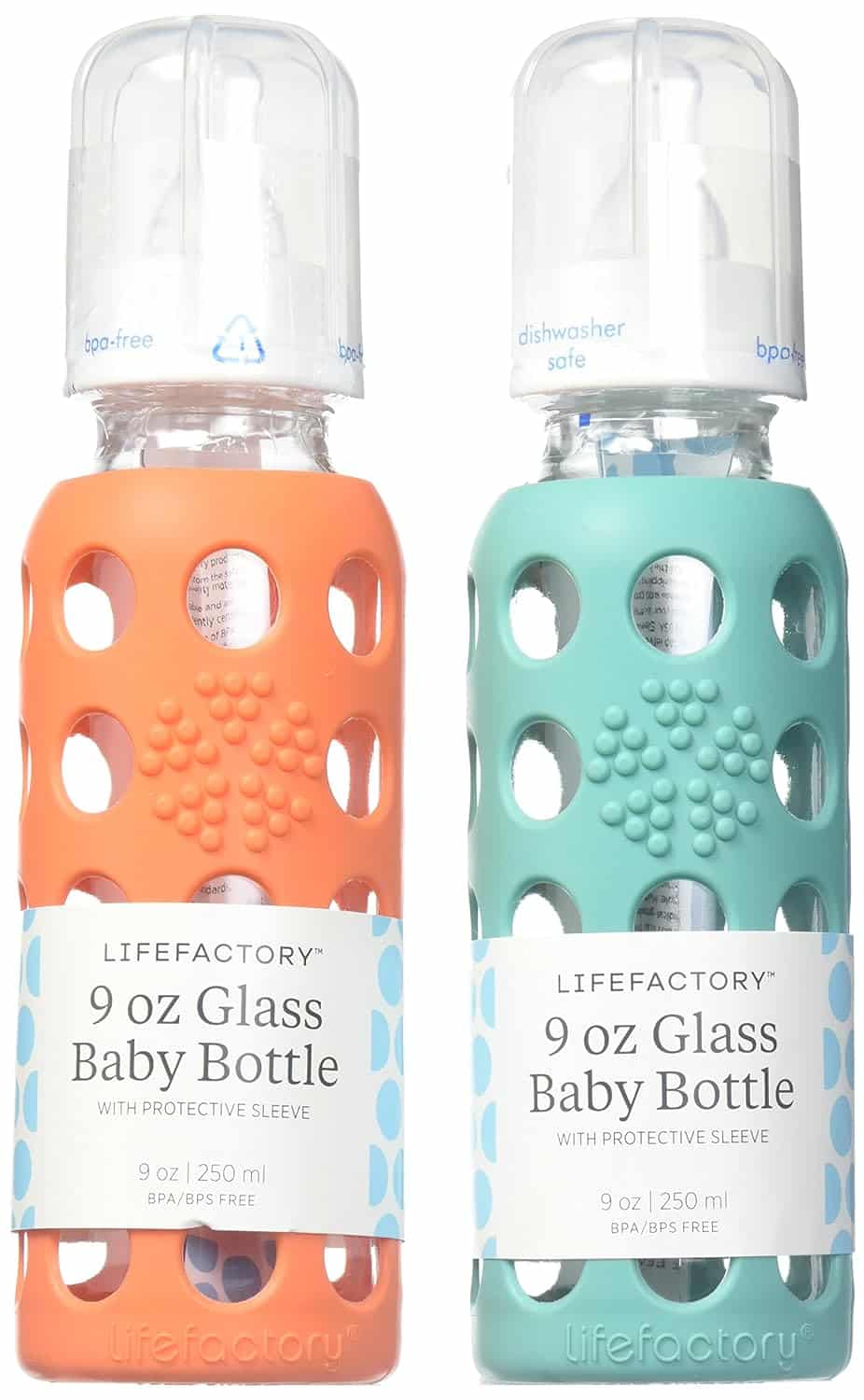
Bottom line: Watch out for painted logos on the outside of glass baby bottles, and avoid the five brands above.
3. Consider Stainless Steel Baby Bottles
Food-grade stainless steel is great option for safer baby bottles. Another plus: stainless steel bottles are lighter and less breakable than glass.
You’ve probably heard that some stainless steel water bottles–like Stanley–can contain lead. This mostly isn’t something to worry about, since there is really no way for the lead that’s used inside the insulated part to touch liquid in the cup OR the hands of the person holding the cup. If the “button” on the bottom of stainless steel baby bottle is compromised or falls off, then you should throw the bottle away.
Better yet, choose a stainless steel baby bottle that doesn’t use lead at all, such as Klean Kanteen or Pura.
We love Pura’s infant bottles because they are totally plastic-free, come in two sizes, are available insulated and non-insulated, and can be converted into bottles for toddlers, kids, and adults.
-
 Pura Kiki Stainless Steel Baby Bottles – Starter Set$44.99 – $49.99
Pura Kiki Stainless Steel Baby Bottles – Starter Set$44.99 – $49.99 -
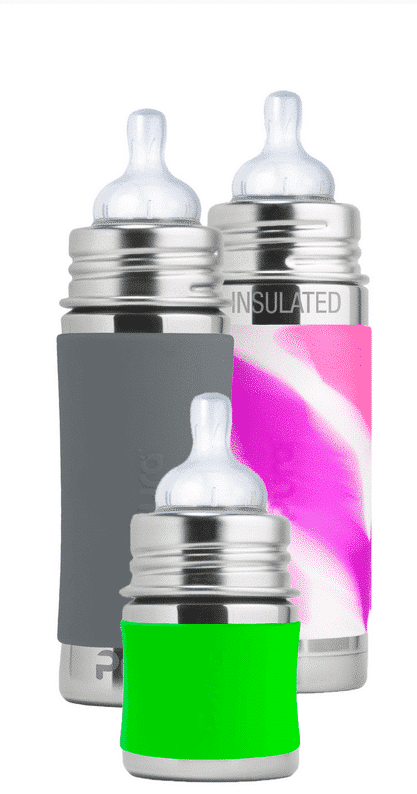 Pura Kiki Stainless Steel Baby Bottle$16.99 – $25.99
Pura Kiki Stainless Steel Baby Bottle$16.99 – $25.99 -
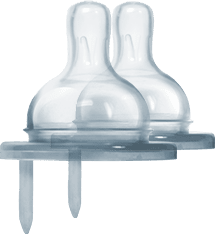
Bottom line: Some of the best non toxic baby bottles are made of stainless steel, which is lighter than glass.
4. Silicone Baby Bottles Are Okay
My bottle-feeding friends love silicone baby bottles because they are lightweight, durable, and flexible. In terms of safety, silicone bottles are better than plastic, but probably not as safe as glass or stainless steel.
Research on silicone’s safety is relatively limited, but do know that silicone may leech at very low and very high temperatures. You might consider skipping silicone bottles for hot liquids and avoid putting them in the freezer.
Best Non Toxic Baby Bottle Made of Silicone
I would feel comfortable using the Comotomo silicone bottle. It’s lightweight and free of plastic. Plus, my friends who use these bottles say their babies LOVE them.
Bottom line: Silicone baby bottles are a safer alternative to plastic bottles, but may leech at extreme temperatures.
5. Don’t Forget the Nipples
When possible, we prefer natural rubber nipples from a credible company like Natursutten. Food-grade silicone is also a durable and hygienic material for baby bottle nipples. Definitely skip synthetic latex nipples (like these by Gerber), which can contain a number of concerning additives.
Best Non Toxic Baby Bottle Nipples
We love Natursutten’s 100% natural rubber nipples, which are compatible with most baby bottles.
Bottom line: Use bottle nipples made of natural rubber or medical-grade silicone.
6. Gimme-Approved Best Non Toxic Baby Bottles
It’s easy to become overwhelmed when researching the best non toxic baby bottles. Even the most inert material in the world–glass!–can be contaminated with lead when it is painted upon. And as more tests emerge, brands that you would think make super safe bottles are turning out to be the very ones you should avoid.
We hope this post has helped make baby bottle shopping easier. But if you still feel confused, don’t worry. We’ve done the research for you!
When we considered all factors and testing available, we came up with the following seven brands that we feel are the best non toxic baby bottles out there. (These are listed in alphabetical order, not order of preference!)
- Comotomo silicone bottles
- Evenflo glass bottles
- Haakaa glass bottles
- Klean Kanteen stainless steel bottles
- LifeFactory glass bottles
- Natursutten glass bottles
- Pura stainless steel bottles
Bottom Line: The Best Non Toxic Baby Bottles
If I were buying baby bottles now, I would try LifeFactory (glass), Pura (stainless steel), and/or Comotomo (silicone).
Because my babies rarely drank from bottles, I can’t recommend a favorite in terms of performance. So I need you guys to comment below on your favorites glass, stainless steel, and silicone baby bottles and nipples.
Stay sane,


Maia, Founder & CEO
Note: This article contains affiliate links or sponsored content, which means that if you make a purchase, we may earn a commission. We only recommend products that meet our strict standards for non-toxicity and that we use (or want to use!) ourselves. Thank you so much for supporting the brands that make Good Stuff!
Enjoying this guide?
Join 60K families who rely on our free guides on everything from milk to mattresses! Sign up to get $5 off your first order, access to our ultimate Clean Products Cheat Sheet, and ongoing exclusive access to coupon codes and promotions. Our weekly newsletter is filled with well researched tips and tricks to live a toxin-free lifestyle.
Related Posts
Best Prenatal Vitamin Guide
Baby’s Only Formula Review: The Most Affordable Good Stuff
Safe, Non-Toxic Toys Guide
The Best Non-Toxic Diapers Guide (Updated 2023)
-
I have loved the life factory bottles. Daycare accepts them because of the silicone sleeve.
-
I hope all will consider lead when choosing ANY bottle, sippy cup or feeding tool for their children. Tamara Rubin has done quite a bit of independent lead testing and Pura Kiki has tested positive many times: https://tamararubin.com/category/pura-kiki/
As have quite a few glass bottles: https://tamararubin.com/?s=baby+bottleAlways good to cross reference as many resources as one can find. Unfortunately, just because something is glass or stainless doesn’t mean it is lead or cadmium free which makes a product made from silicone or even plastic (assuming they are lead free) sometimes a better choice if they are your only options, In my opinion.
-
You can see our response to Tamara’s concerns in this post: https://gimmethegoodstuff.org/safe-product-guides/sippy-cups/
-
-
I use plastic at daycare but try to use glass at home. The avent specifically. I like to make them hot/warm tea with milk so for that reason I don’t like stainless.
For my next kid I will be more strict about no plastic as I know a little better. But I still use a plastic sippy cup for my oldest and her Warm (chamomile) tea with milk in the morning and I do need to figure out a switch she will tolerate. For now I make the tea in a cup and pour half a cup of cold milk in the sippy then add the hot liquid.
For my next one coming soon I’ll stock up on glass. What’s the cheapest bottle that’s glass?
-
Hi Mel,
Good for you getting away from plastic. As you know we offer the Pura Bottle which is stainless steel. https://gimmethegoodstuff.org/store/pura-kiki-stainless-steel-infant-bottle-5oz/ The prices of glass bottles fluctuate so I am not sure what the cheapest one is. Perhaps sometime in the near future we will offer glass bottles.
-
-
I love my Joovy Boob glass bottles. The come with silicone nipples and a silicone sleeve which can be removed if need be. I’ve dropped them several times and they did not break.
For the people who can’t use glass because of day care, I would suggest using stainless steel.
-
Thankyou for this. You don’t say why silicone teats are better than rubber. What are the health and environmental benefits and risks of the two? Thankyou!
-
I’m using Evenflo glass bottles currently and used them with my first as well, about half way in once I learned of the dangers of plastic. They are the cheapest out there! And do not break easily. Only 2 broke through 2 babies. And you can pump directly into them as they fit with medela pump parts. For storage, I’ve frozen bottles themselves, using the stopper plastic cap (no contact w the milk)…and I’ve also had great success with Anchor or pirex glass containers. They fit 5oz comfortably with room for expansion…and are reusable for many food needs.
Maia you mention silicone having dangers in the freezer…does this deem silicone food pods unsafe? We’ve always used them for freezing homemade baby food, what a true bummer. Even food grade silicone is unsafe for this purpose? -
Do you have a guide on safe pumping and breastmilk storage? I’m using comotomo bottles, but I’ve been concerned about storage since my son was born.
-
I do not know that you can avoid plastic with pumping unfortunately but I stored my milk in 4 oz mason jars. I did pump into the plastic medela bottles but transferred when I got home.
-
Hi there, if you are using a Medela pump, the lifefactory bottles fit it!! What a lifesaver. I pumped into those and stored it right in there or dumped into larger 16oz mason jars. Hope this helps!
-
-
Does anyone know what are Philips Avent natural nipples made of? I can’t find that information anywhere. I have a set of glass bottles on my baby registry list because I know I want to use glass bottles only. Same question goes for Dr Brown’s nipples. They all say BPA free. But what is the material they’re made of? Thank you 🙂
-
They are made of silicone….which means they are safe;)
-
-
Question! You don’t explain why stainless steel is a close second to glass and I am curious to know where stainless steel lags. I am mostly curious because I would be so afraid of the glass breaking and also since it is so heavy the baby, I assume, wouldn’t be able to begin to hold it as early as they would be able to because it is so heavy.
Thanks!
-
Hey! I personally feel that stainless steel is entirely safe, but there is some concern that with heated or acidic liquids, small amounts of nickel might leach. You can learn more about stainless steel here: https://gimmethegoodstuff.org/safe-product-guides/cookware/
-
Excellent, thanks!
-
-
-
Maia, I’m in the same daycare situation—we have to use plastic—and am also needed by to store that milk in the freezer. What do you recommend?
-
A previous discussion on this topic referenced Mason Bottles. You use a regular mason jar and buy the silicone nipples. They are fantastic. Can go in the freezer. Most other glass bottles use plastic nipples.
-
what a great idea!
-
-
I love the Evenflo classic glass bottles….well I should say my 6 month old loves them…lol. We have them in both 4oz and 8 oz size and they work great. Very affordable! and their slim profile makes it easier to stack in the cabinet. I also love the life factory ones with the silicone sleeves for daycare.
-
I really wanted to do glass bottles with baby #2, but daycare said it was against DHS policy to have glass bottles, so we went with the silicone Comotomo. They work great for breastfed babies. My son didn’t get a bottle until he was 4 months old, and it took him a week at daycare before he would take one. We borrowed several different kinds from friends, and Comotomo was the only one he would take. He pretty much never gets a bottle at home, but if he did, I would use the glass Mason bottle (basically a mason jar with a nipple on top).
For the nipples, just keep in mind that a breastfed baby does not necessarily need a faster flow nipple as he gets older. Mom’s nipples don’t change, so no need to change the bottle nipple!

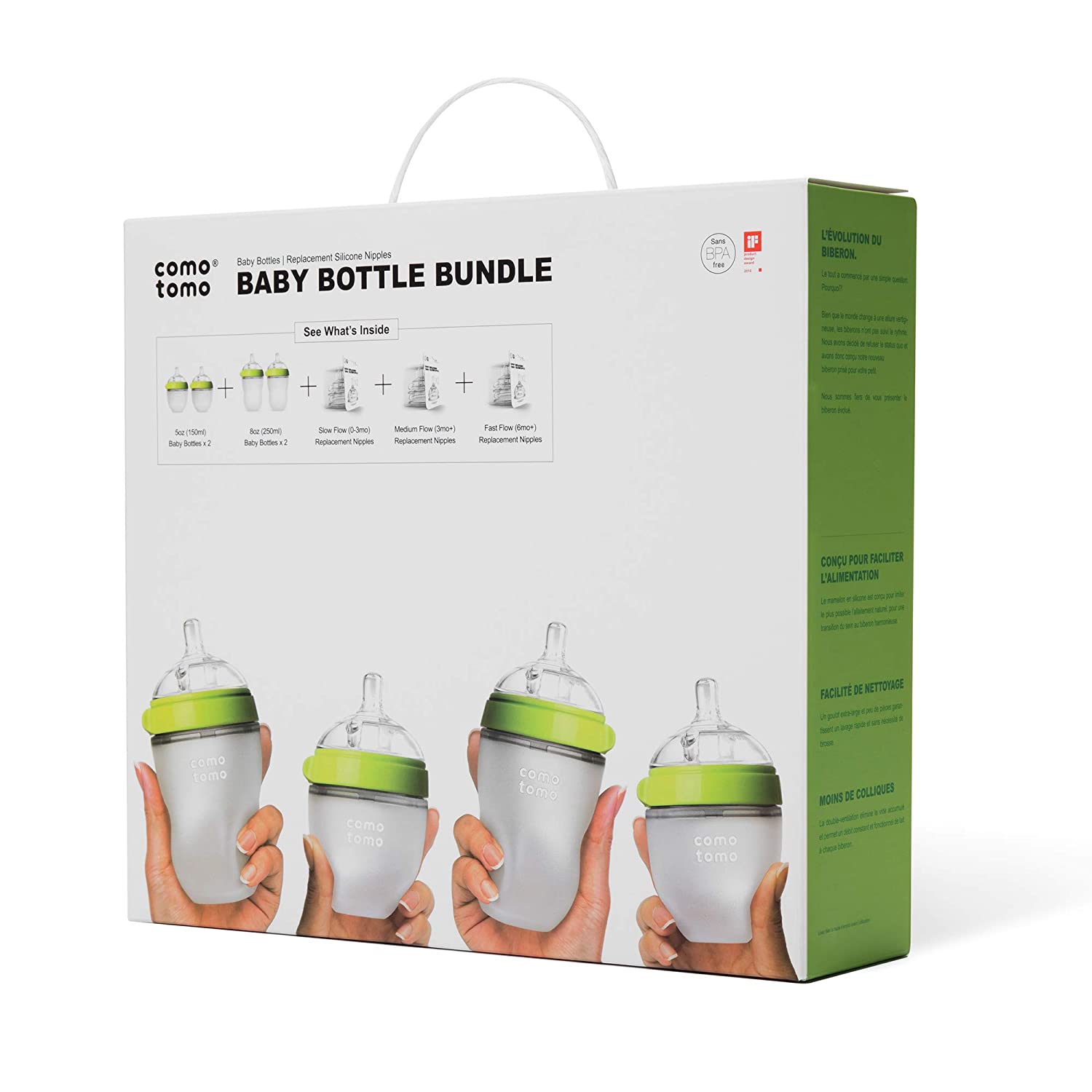
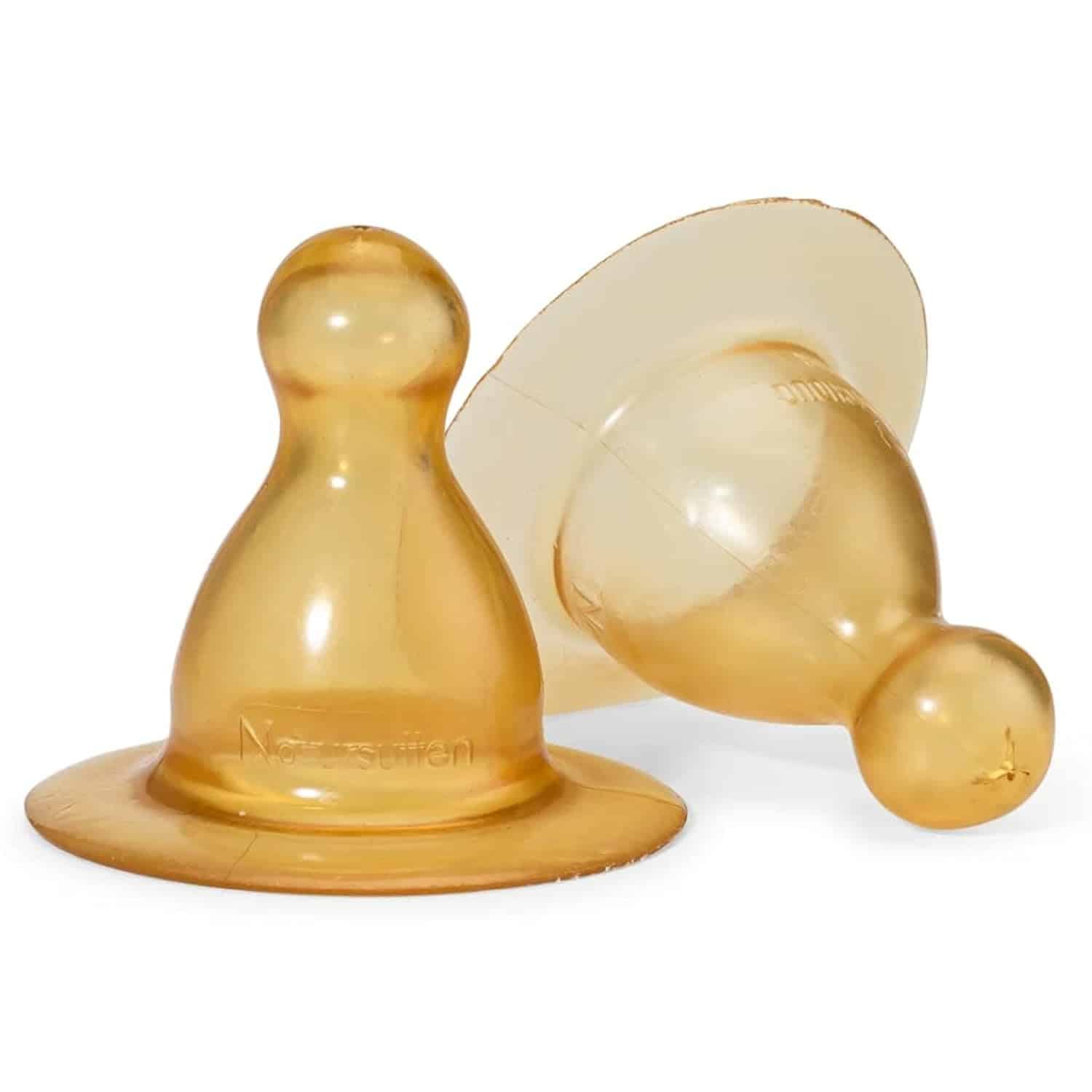
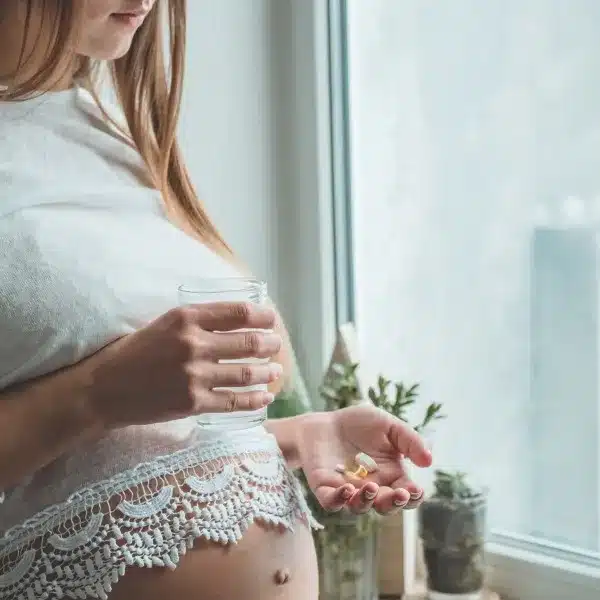
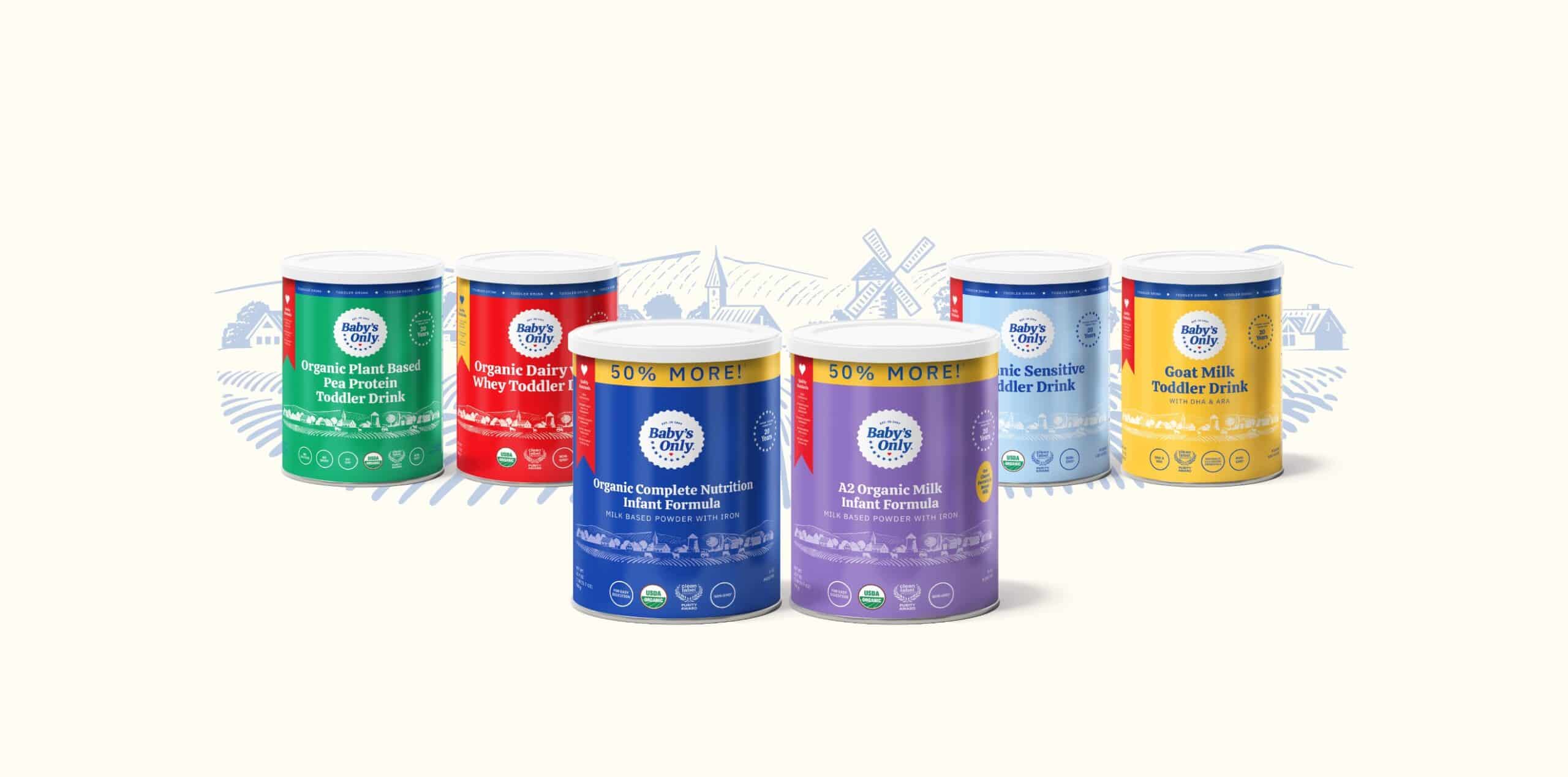
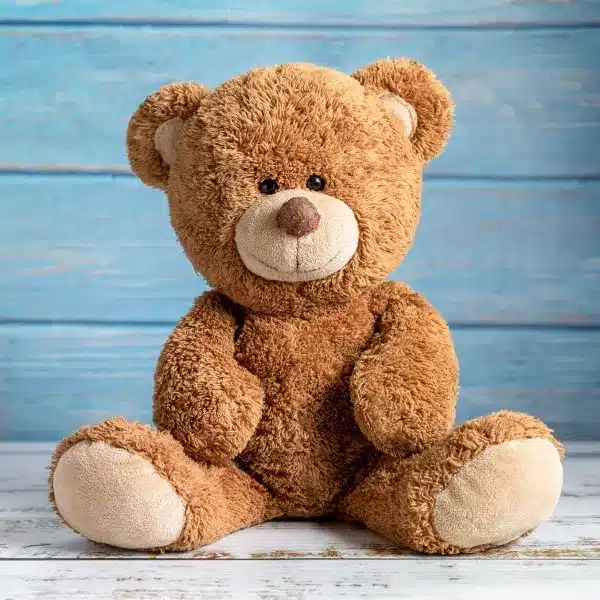
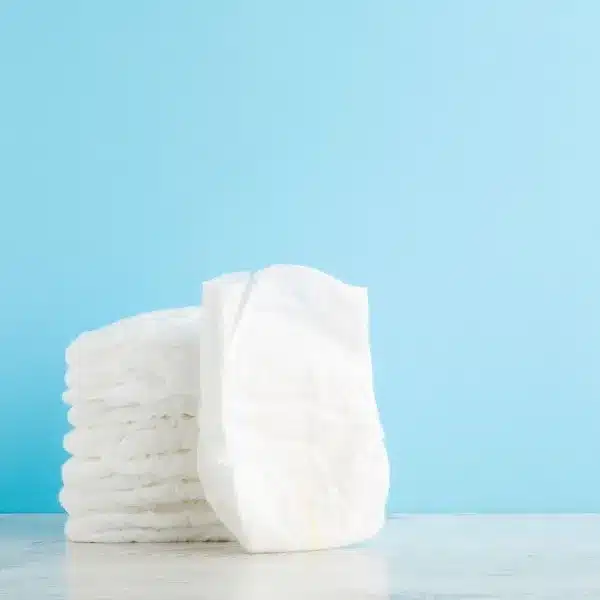
Leave a Reply
You must be logged in to post a comment.